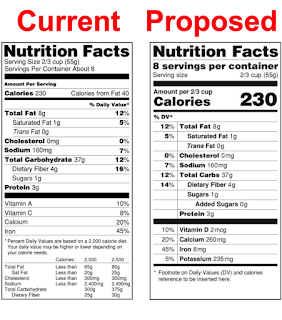Your Prostate, Your Choice: The Screening Question No One's Talking About
Your Prostate, Your Choice: The Screening Question No One's Talking About
Let's talk about something most men would rather avoid discussing: prostate cancer screening. It's not exactly dinner table conversation, but it's crucial - prostate cancer is the second deadliest cancer for American men, right after lung cancer. And get this: one in eight guys will face a prostate cancer diagnosis in their lifetime.
You'd think regular screening would be a no-brainer, right? Well, here's where things get interesting. Many top medical experts, including the U.S. Preventative Task Force, actually don't recommend prostate cancer screening for men over 70. For those between 55 and 69? They say, "Talk to your doctor and decide for yourself."
Why such a lukewarm stance on something that sounds so important? The answer isn't as straightforward as you might think.
The Truth About Testing
First, let's examine how doctors screen for prostate cancer. There are two main tests: the PSA blood test (prostate-specific antigen) and the digital rectal exam (DRE). Both are quick and simple enough, but here's the catch: They're about as reliable as a weather forecast for next month.
These tests have a habit of crying wolf (false positives) or missing the mark entirely (false negatives). Using both tests together catches more cancers and leads to more false alarms. And those false alarms? They often lead to biopsies - not exactly a walk in the park when it involves a needle through some rather sensitive areas.
The Life-Saving Question
Now for the million-dollar question: do these screenings save lives? This is where doctors start arguing with each other. Some studies say yes, others say no, and it largely depends on how you define both "screening" and "survival."
Something that might surprise you is that most prostate cancers grow slower than a turtle in molasses. About half the men diagnosed with prostate cancer would never have experienced symptoms in their lifetime. And 80-85% wouldn't die from it within 15 years, even without treatment. Let that sink in for a minute.
The Numbers Game
Want some complex numbers? For every 1,000 men screened for 10 years, screening prevents precisely one prostate cancer death. That's it. One. And the price for that one life saved? About 25 men will end up with erectile dysfunction, three will need pads for urinary incontinence, and one will land in the hospital with a serious infection. Severe Side of Screening
This is where things get real. Screening can lead to a diagnosis, which often leads to treatment - and those treatments can pack a serious punch. We're talking about potential urinary incontinence and impotence. Some men choose "active monitoring" instead, keeping an eye on things with regular check-ups. But even that comes with its mental health burden - imagine living with the knowledge that you have cancer, even if it's unlikely to cause problems.
And here's another troubling fact: Black men are more likely to get false-positive results and undergo unnecessary biopsies than white men. It's yet another example of healthcare disparities that need addressing.
The Bottom Line
So what's the takeaway here? Prostate cancer screening isn't the clear-cut win it might seem. We're still in murky waters while researchers work on better testing methods, including examining how family history might help guide screening decisions.
Your best move? Have an honest conversation with your doctor about whether screening makes sense. Consider your age, risk factors, and personal health priorities. Sometimes, the best medical decision isn't the most obvious one.
Remember, good healthcare isn't about doing everything possible - it's about doing what's right for you.




Comments
Post a Comment